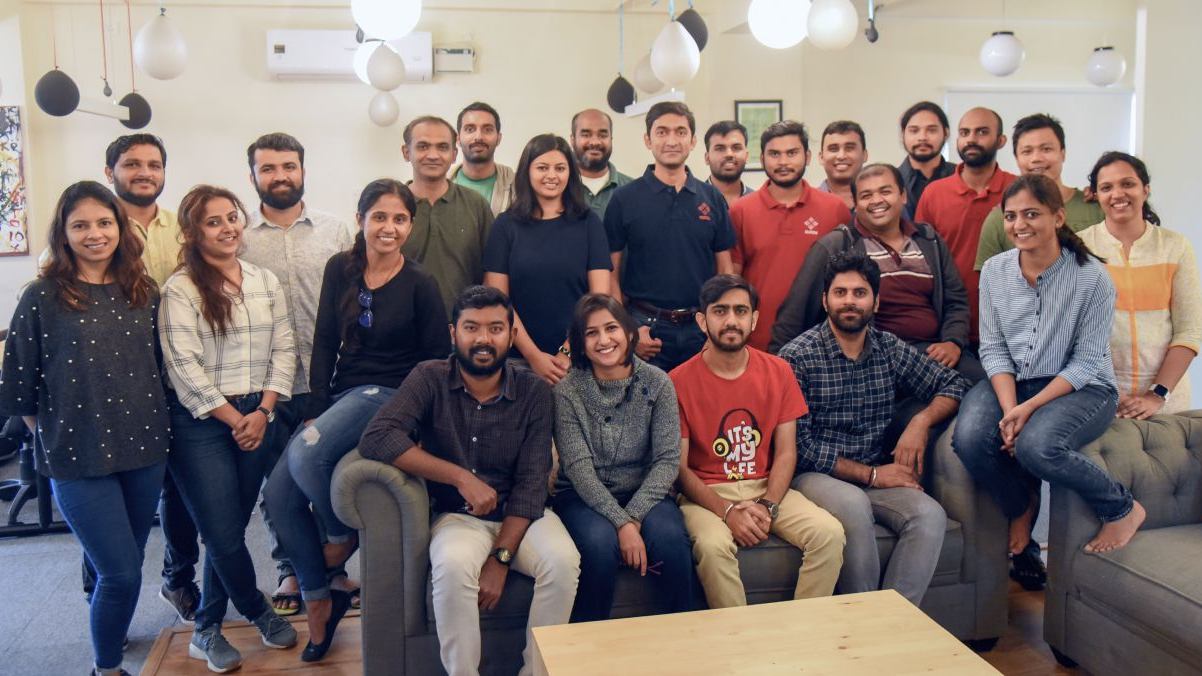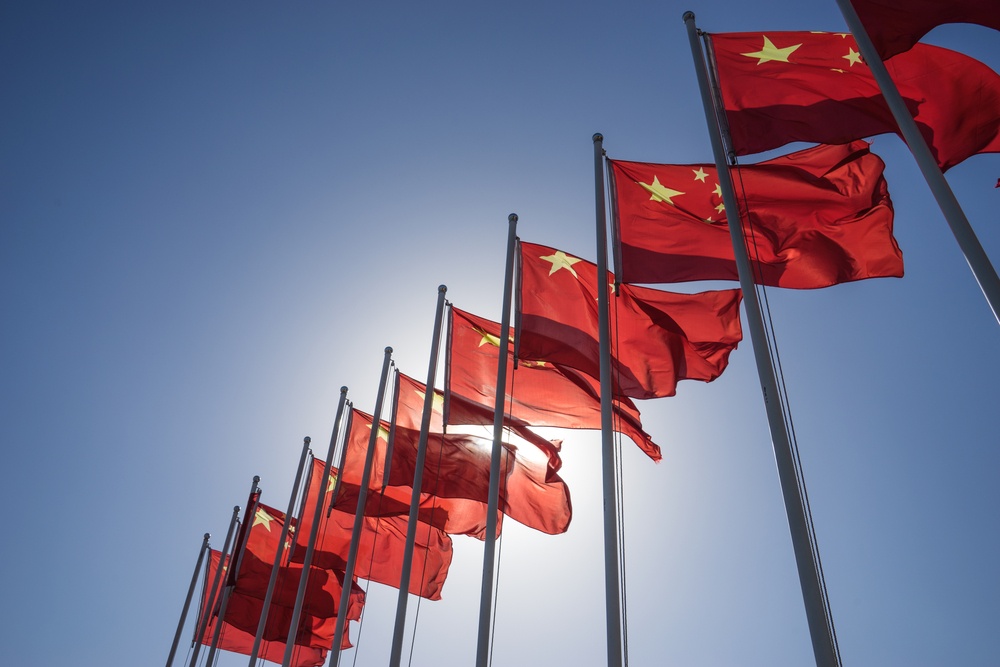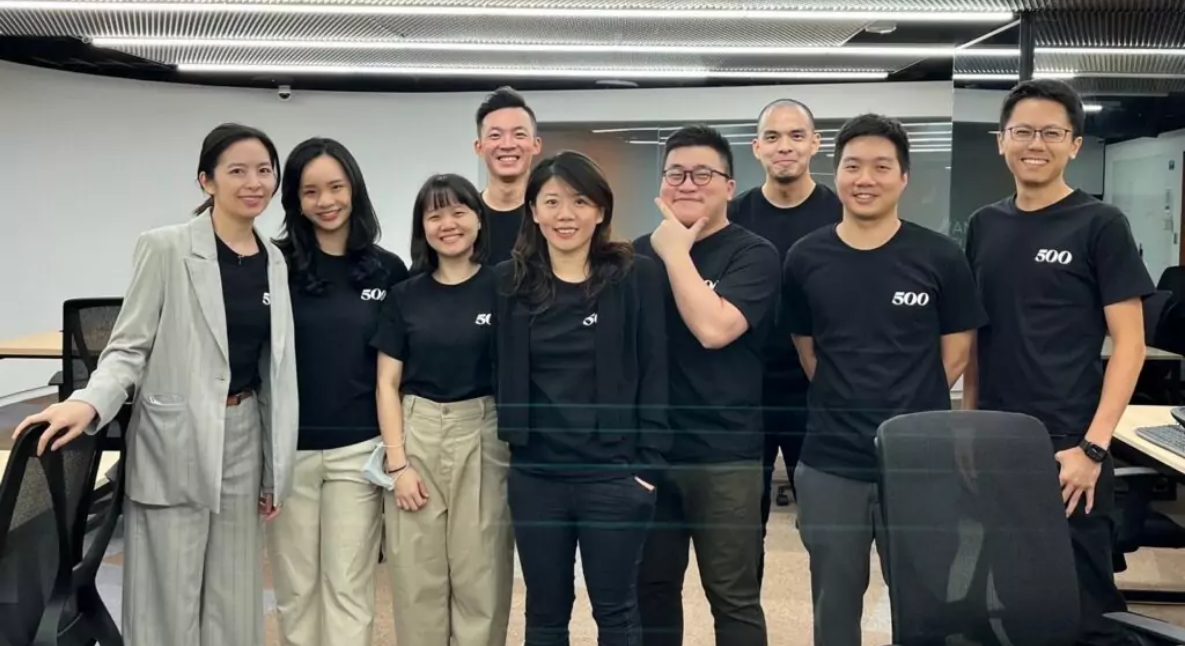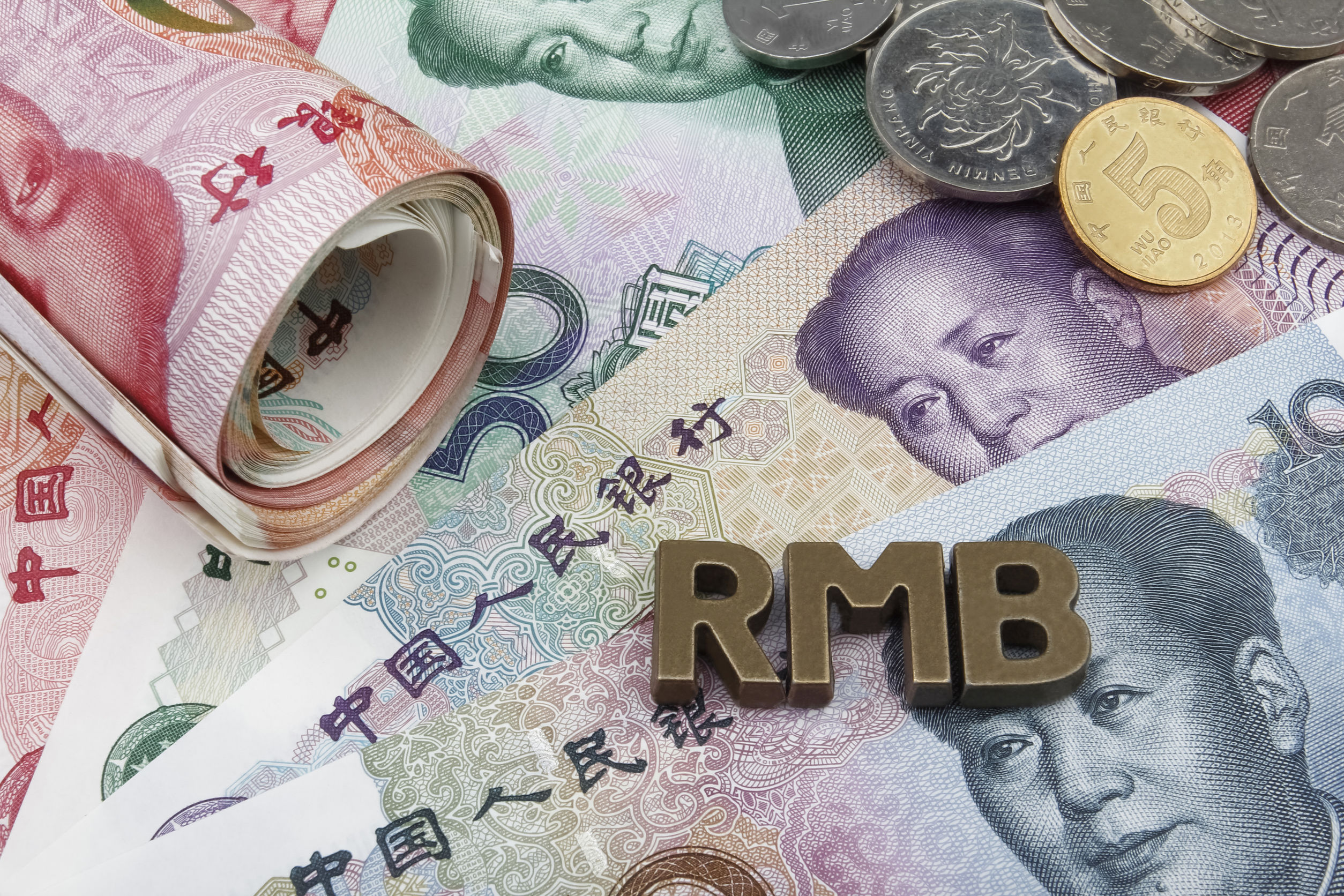
Chengdu, known for its panda park, is becoming a whole lot more. / Image credit: 123RF
If you’re familiar with China’s rapidly growing tech scene, you’re probably sick of seeing this headline: “(Name of Chinese city) is China’s Silicon Valley.” It’s been used to describe Beijing, the hardware hub of Shenzhen, and Alibaba’s hometown of Hangzhou.
Hell, some have even gone so far as to try to give the label to Shanghai.
But despite what headlines and Chinese propagandists are proclaiming, none of China’s tech epicenters are anywhere near the Bay Area in its concentration of technology, talent, and capital. China’s tech hubs are the capitals of the country’s internet sector, but Silicon Valley remains the global capital.
Yet the Valley’s concentration of resources also causes their benefits to be poorly distributed across America and the world. It’s debatable how the tech boom has benefited most of The Bay Area’s residents. While unemployment is low and wages are well above the US national average, the cost of living there, driven up by home rental prices, is increasingly out of reach for many individuals, even those working in tech.
Meanwhile, in China, leaders are also struggling with first-tier city housing prices, which are among the least affordable in the world. The wealth gap between the top cities and smaller counterparts are widening.
So, to ease the strain, China’s central planners have been attempting to literally and figuratively “spread the wealth” with incentives to attract talent and investment. This has led to a blossoming of second-tier tech hubs that tend to be more specialized in nature than Beijing and Shenzhen, and which are developing unique tech entrepreneurship cultures all their own.
Three of the most noteworthy are Chengdu, Nanjing, and Xiamen – which have made the cut in at least one data-based list (here and here) of the top 10 tech hubs in China.
Chengdu: The “lazy gamer” that is actually getting a lot done
The capital of China’s southwestern Sichuan province has earned itself a reputation over the years. In addition to its own style of scaldingly spicy hotpot and a charming panda park, Chengdu is known for its tea houses, where the city’s residents spend their days sipping tea and chatting, while playing round after round of Majong.
“Chengdu is well known for being lazy. I always joke and say that WeWork will need to change their slogan to ‘We work, you nap’ when they come to Chengdu,” explains Allen Sanchez, who heads up coding boot camp Le Wagon’s Chengdu branch.

There’s more to Chengdu than just hotpot / Image credit: 123RF
These days, Chengdu is still known for games, but digital ones. It is home to a number of gaming companies like mobile gaming company Tap4fun and educational gaming outfit Dr. Panda. Both are homegrown firms, as are Digital Sky Entertainment and Skymoons Interactive, which have released successful titles. Bigger names like Tencent and Ubisoft have studios there too.
If you’re thinking about writing off the laid-back lifestyle of Chengdu, consider its real-world business benefits. “More and more startups are opening secondary offices in Chengdu as the cost for talent is about 5o to 80 percent of tier-one cities,” says Sanchez. “People here are more stable and not looking out for the next big opportunity.”
Nanjing: The “mobility hub” of past and present
Nanjing, literally translated as “southern capital,” served as the capital city for a few Chinese dynasties. Much of its appeal as a seat of power has been its location. With close proximity to Hangzhou, Suzhou, and Shanghai along the Yangztse river delta, it served as a central transportation hub throughout much of Chinese history.
Today, it is a different kind of transportation hub – one focused on the future of mobility. In mid-June, Chinese electric car startup Byton, along with the raising of US$500 million, also publicized that they would soon be opening a new headquarters in Nanjing.
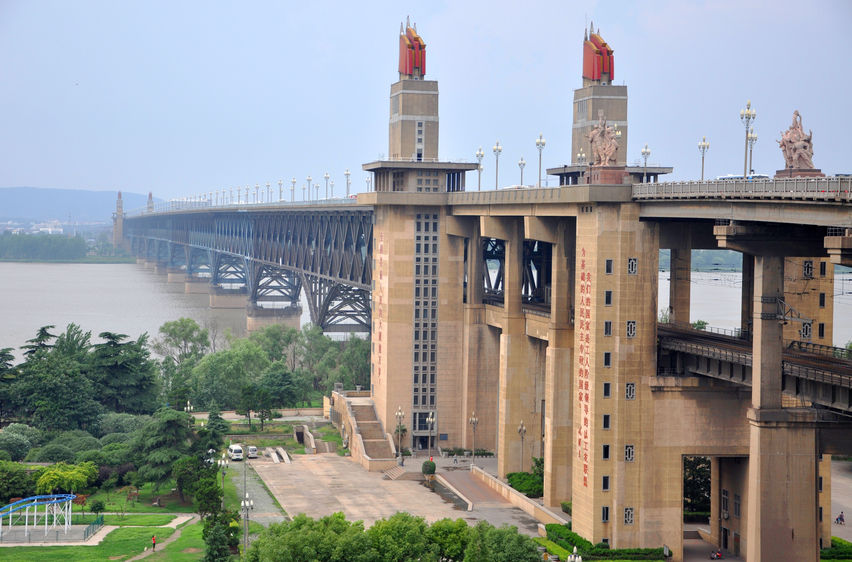
Nanjing Yangtze River Bridge / Image credit: 123RF
Byton’s move follows Ford’s late-2017 opening of a US$103 million Test Center and MakerSpace, intended to serve as a source of innovation for the American automaker in Asia-Pacific. Being in Nanjing “allows us to tap into the knowledge that they have here of the unique environment of mobility in China, as well as the habits and needs of Chinese consumers,” explains Sean Newell, dean of Ford’s College of Engineering, Leadership and Innovation, at the Nanjing Innovation Fair.
Nanjing’s appeal in R&D stretches beyond mobility. The city’s high concentration of universities offers a local talent pool that other second- and third-tier Chinese cities lack. “The universities here are a source of talent, particularly in the field of data science,” says Jenny Bi of Innospace, a Shanghai-based incubator and co-working space who expanded to Nanjing in 2017.
Xiamen: The “beautiful” city
Traditionally famous for its tourism, the island city of Xiamen has long been admired for its tree-lined beaches and Victorian architecture, attracting outsiders due to its pleasant aesthetics. Fittingly, it is aesthetics and beauty which are the focus areas of the city’s most well-known tech company. Meitu, which translates into English literally as “beautiful image,” makes phones and apps which appeal mostly to young women by letting them beautify selfies.
Meitu isn’t the only belle of the ball in Xiamen though. Meiyou (literally translated as “beautiful pomelo,” but known in English as “Meet You”) is an app which launched as a way for women to track their menstrual cycles. However, it has evolved into a social network specifically focused on women’s health and beauty. Earlier this year, it joined the ranks of China’s top 100 unicorns.
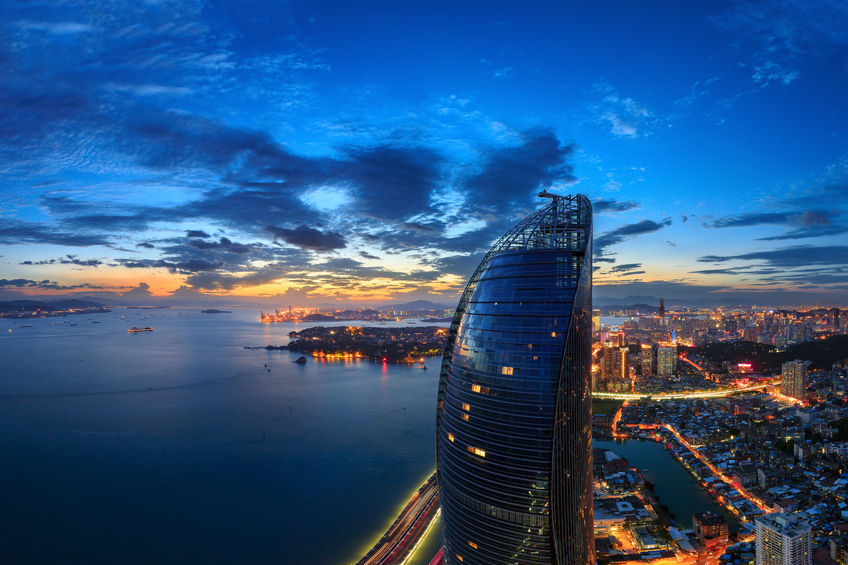
Xiamen. Image credit: 123RF
Xiamen is also home to noteworthy firms in AR and VR, gaming, and AI technology. As a major port city, it is also a proving ground for port automation.
But while Xiamen may have the beauty and the style, the nearby city of Fuzhou is developing a strong tech scene of its own. In April, it hosted the first-ever China Digital Summit for business and government leaders of China’s tech industry and is appealing to entrepreneurs in its own right. Sam Doe is the CEO of Titan Accelerator, which focuses on startups in the smart textiles field.
“In the past two years in Fuzhou, [many] major tech companies have opened offices, innovation centers, or incubators here,” says Doe, whose program works with incubators from Amazon, Microsoft, Tencent, and more. Doe credits the development of the area’s Donghu Digital Town district with attracting tech’s big names. Just a few weeks ago, Microsoft announced that it has chosen Fuzhou as the location of their first Innovation Institute in China.
China’s new tech hubs: A full plate of potential, best served with a grain of salt
The sprouting up of mini-tech-hubs is a trend beyond just these cities. Guizhou, one of China’s poorest provinces, is transforming itself into a “Big Data Valley.” Filled with rice terraces, its landscape is now dotted with server farms. Meanwhile, the local government of the ancient capital of Xi’an is pushing to reframe the city’s image to emphasize its high-tech future rather than an imperial past.
With President Xi Jinping’s grand plan for China to become the world’s leader in many key technologies within a decade, the entire country seems to be scrambling to get in line.
However, as has been the case with all of China’s rapid development, distinguishing between hype and reality is important. 10 to 15 years ago, reports of dazzling skyscrapers and sustainable eco-cities were coming out of China. However, when viewed more closely, we’ve come to see these promises as half-truths. Much of what was presented as reality later turned out to be hype or a façade for something less.
Stories of China’s development is, of course, amazing, but it should sometimes be taken with a grain of salt. China’s top-down system is great at mobilizing money and resources quickly, but building a genuine culture of innovation has tended to take longer. These cities do not all have the inherent cultural benefits of the top-tier ones, such as rebellious and artistic San Francisco Bay Area, cosmopolitan, educated, and politically-connected Beijing, or Hong Kong-adjacent Shenzhen.
And then there are the externalities that have accompanied China’s single-minded, top-down approach. Decades of prioritizing economic growth created a notorious environmental crisis. The infrastructure-building spree that accompanied and fueled that growth has led to a glut of capacity. It has led to unsustainable corporate and government debt burdens that now present one of the greatest threats to the Chinese and global economies.
With so many cities and regions pushing to be China’s next big tech hubs, it is hard to see how exactly there will be enough talent, innovative ideas, and market demand for each to realize their goals. We can expect to see some truly impressive growth stories, but also a few technological ghost cities.
Disclosure: The Nanjing Innovation Fair sponsored the author’s trip to the event and help set up some interviews.
Recommended reads
 Flipkart co-founder’s startup banks $25m in series A money
Flipkart co-founder’s startup banks $25m in series A money How Asia’s family offices could be a $1.9t play for tech startups
How Asia’s family offices could be a $1.9t play for tech startups Chinese VC firms eye Singapore expansion amid challenges at home
Chinese VC firms eye Singapore expansion amid challenges at home Daily news roundup – February 8
Daily news roundup – February 8 Indian edtech major Vedantu lets 200 teachers go to cut costs
Indian edtech major Vedantu lets 200 teachers go to cut costs Terra founder’s wife seeks police protection
Terra founder’s wife seeks police protection 500 Global opens doors for 2022 Taiwan accelerator
500 Global opens doors for 2022 Taiwan accelerator Lionel Messi backs Spin co-founder’s ⚽ venture
Lionel Messi backs Spin co-founder’s ⚽ venture Indonesian jobs platform names ex-Traveloka exec as co-founder
Indonesian jobs platform names ex-Traveloka exec as co-founder China seeks tech boss as digital yuan tests expand
China seeks tech boss as digital yuan tests expand
Editing by Terence Lee and Judith Balea
(And yes, we’re serious about ethics and transparency. More information here.)
